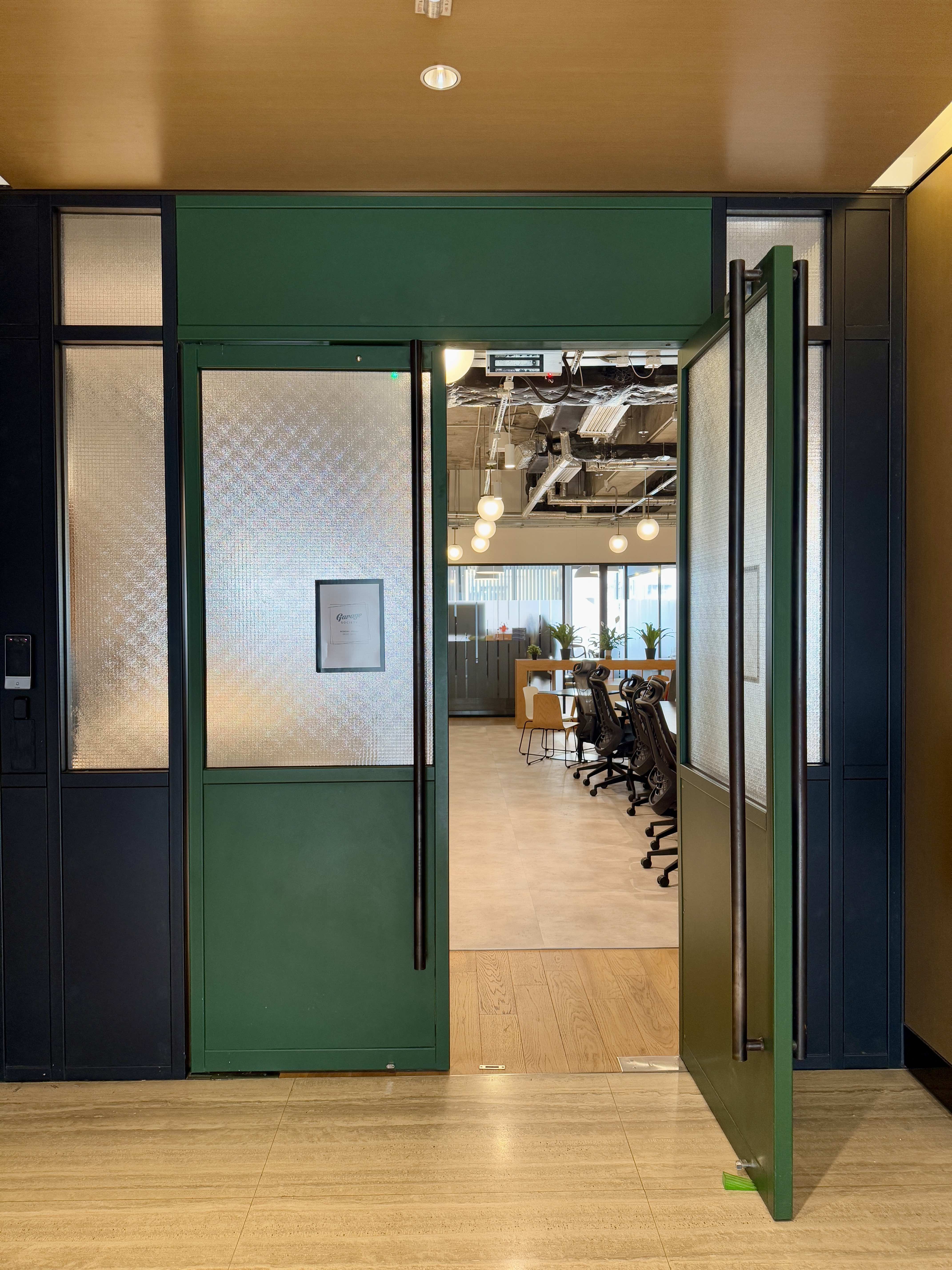LOCATIONS
Hong Kong
-
Facebook
-
LinkedIn
-
Instagram
-
Youtube
You’re probably thinking: what am I - 12-years-old? If so, then I’m sorry to hear that you’ve become victim to stigma around adult napping. Not only is napping not something to be
You’re probably thinking: what am I - 12-years-old? If so, then I’m sorry to hear that you’ve become victim to stigma around adult napping. Not only is napping not something to be embarrassed about, more and more research has shown the benefits of napping for memory consolidation, brain function, visual systems, avoiding burnout, reducing the risk of heart disease, and even improving physical performance among athletes.
This has led a number of startups like Nike, Continental, and Google to adopt policies allowing for napping for their employees, and Toronto-based startup BBC Capital claimed that - contrary to what would be assumed - their napping policies have decreased procrastination. This is especially helpful for supporting employees who are new parents or often deal with jet lag. Not only is it likely to improve their cognitive performance, it’s also beneficial for their health & wellbeing as a whole.
Taking power naps is so effective that humans can survive off of them alone (not that we suggest doing so), which is what some called the Uberman Sleep Pattern. In fact, NASA even asks their pilots to take turns taking 26-minute ‘NASA naps’, which have shown to help them perform 34% better, and remain 54% more alert (Sleep Habits). Besides, if it’s good enough for Thomas Edison and Winston Churchill, then it’s good enough for us.
Has it been a while since you took your last nap? Keep reading as we share some tips and tricks to get you on your way to pro napper status!
Not all naps are created equal, and understanding what you want to gain from your nap is the first decision you need to make. Generally, the standard 'power nap' is just 10 - 20 minutes, and is enough for you to re-energise for the rest of the day. But if it's the weekend and you have more time to nap, then REM or rapid eye movement sleep is another option.
REM typically occurs 90 minutes after you fall asleep, and is the state where people dream. Studies have shown that REM sleep enhances creativity and problem solving, while general restorative sleep is linked to slow wave sleep (BBC). So how do you actually control what type of sleep you get? That leads us to Step 2.
Dips in our circadian rhythm dictates what type of sleep we’re more likely to have. As a whole, 2 to 4 pm is the best time to nap, as 6 to 7 hours after we wake up allows the most ideal balance between slow wave and REM sleep. Alternatively, if you want to target your creativity, then try sleeping earlier in the day where REM sleep is more likely. In the same vein, napping later in the day lends to restorative, slow wave sleep.
Another important thing to consider is the length of your nap. Studies have shown that even a 10-minute ‘nano’ nap is enough to boost alertness and concentration, and a 20-minute nap will help you with memory, recall, and mood. If you’re studying for a test or need to learn new information, then a 60 to 90-minute nap will help to shift short-term storage to your pre-frontal cortex, and is also the length needed for REM sleep (New Scientist).
The only downside of sleeping for the full 90-minute cycle is that it may affect your sleep patterns at night. Another consideration is that your body would need longer to awake from sleep inertia, hence our grogginess in the morning after sleeping for hours. Your brain typically needs one to two hours to fully wake up after sleeping, so while it’s functioning more optimally for retention, it’s best not to have important meetings or make serious decisions within that timeframe.
If you do get time to nap during the day, then you probably don’t want to waste any time trying to fall asleep. Know what helps you - whether it’s face masks, earplugs, ambient noise, or absolute silence - and try to find a place that can accommodate to that. Maybe there’s a rest area in your gym, an empty office at work, or your car is parked in a private space. Cool temperatures is typically conducive for sleep for most people.
If it’s a weekday, chances are you’ll have a million things to get back to after your nap, so it’s important to set your alarm first so you’re not worrying about oversleeping. Progressive alarms are great for getting you up on time without the jarring feeling you get when you wake up too quickly.
Taking a brisk walk outside or splashing some water on your face will tell your body that it’s time to wake up, and go on with your day. Sleep specialists have also suggested waking up at a normal time over the weekend and taking naps as a way to catch up on sleep rather than sleeping in, which can affect your sleep cycle.
 Garage Blog
Introducing Garage Society's Newest Premium Workspace at Tower 535 Causeway Bay
Garage Blog
Introducing Garage Society's Newest Premium Workspace at Tower 535 Causeway Bay
We're thrilled to announce the opening of our newest Garage Society location in the heart of Hong Kong's most dynamic business district!
Garage Society Causeway Bay brings our signature blend of community, innovation, and premium workspace to Causeway Bay's prestigious commercial hub.
 Garage Blog
From Flat White to Flexspace - The Best Coffee Spots Near Garage Society Locations
Garage Blog
From Flat White to Flexspace - The Best Coffee Spots Near Garage Society Locations
Looking for the perfect cup of coffee to fuel your workday?
Members enjoy free coffee 24/7 in our spaces, but sometimes they need a change of scenery (or bean!). That's why we've compiled this guide to our members favourite independent coffee shops near each Garage Society location!
Whether you're a dedicated hot desk member or just exploring flexible workspace options, stay caffeinated and inspired with our picks below: